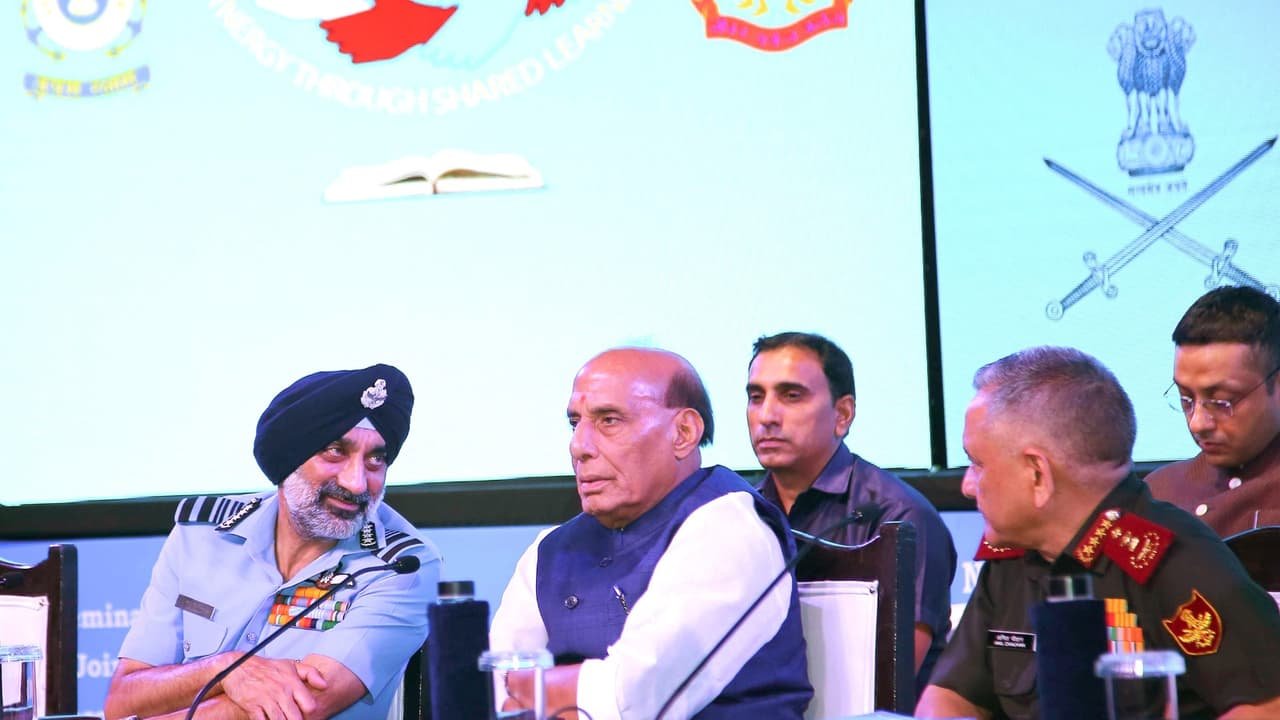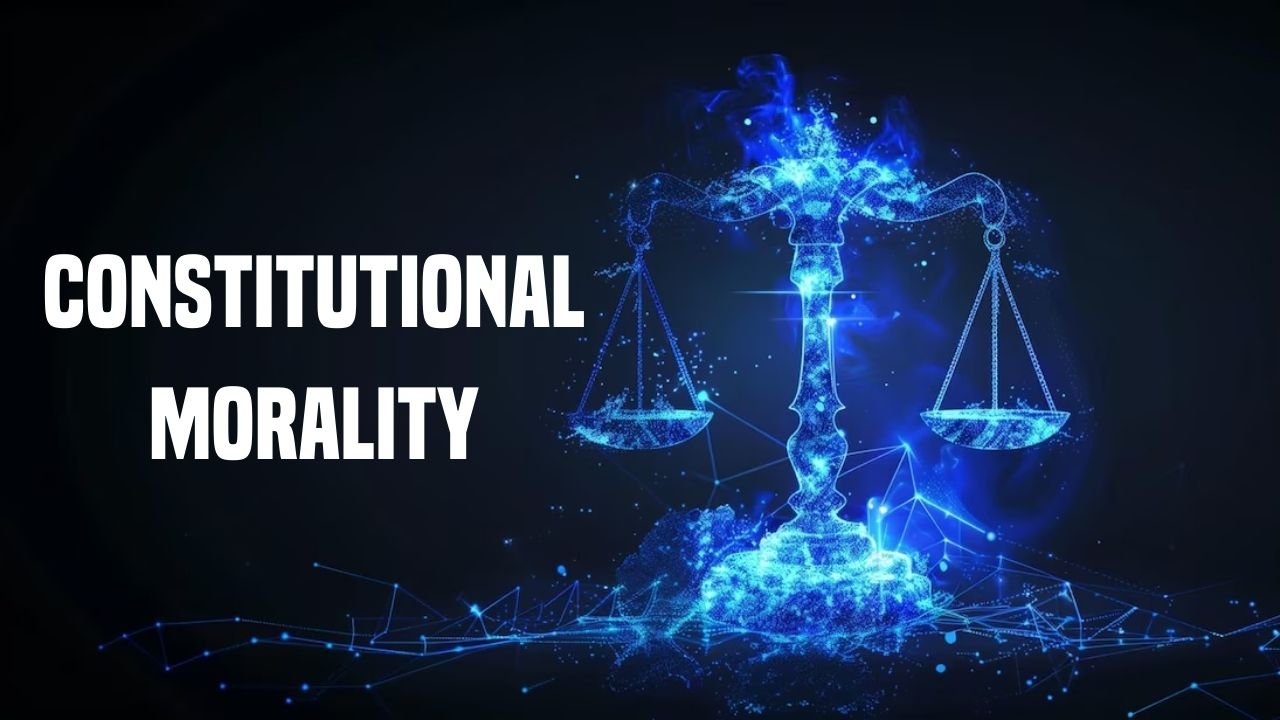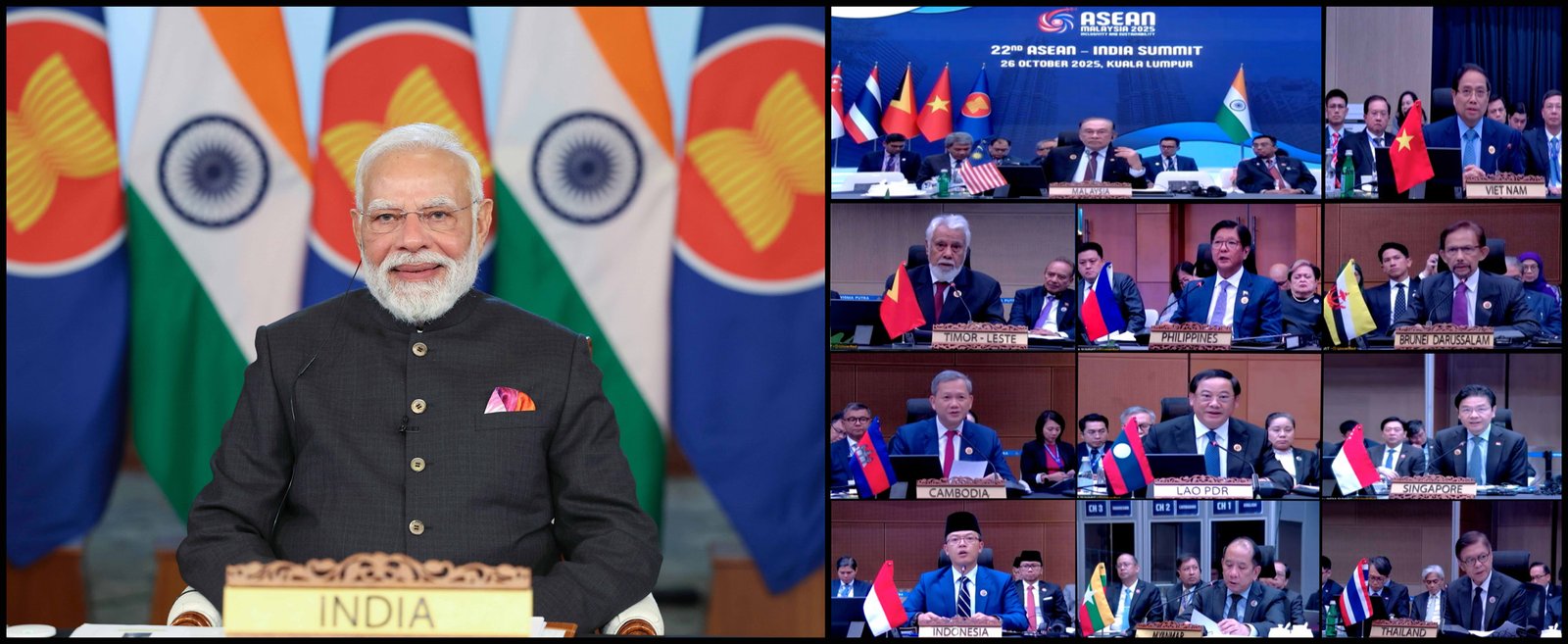Why in the News?
- India is intensifying military reforms to respond to multi-domain threats driven by AI, automation, drones, and precision weapons, requiring faster and more integrated operations.
- Recent policy moves — creation of tri-service agencies, new modular combat units (e.g., Rudra, Bhairav), and emphasis on theatre commands and joint professional military education (PME) — show accelerated efforts to build true jointness.
Key Highlights
- Strategic Context: a changing character of war
- Modern conflict is becoming cheaper and faster because of technologies such as AI, drones, automation, and cheap precision munitions.
- India faces a two-front threat and must prepare for multi-domain operations where information superiority and speed are as decisive as firepower.
- These changes demand reforms in structure, doctrine, technology, force composition, PME, and readiness.
- From coordination to command: organisational reforms
- The government and Ministry of Defence are shifting focus from mere service coordination to empowered command structures.
- The Inter-Services Organisations (Command, Control and Discipline) Rules, 2025 seek to give commanders administrative and disciplinary authority needed for joint action.
- Tri-service agencies have been created under HQ Integrated Defence Staff (IDS) for cyber, space, and special operations, demonstrating structural moves toward joint functioning.
- New battle formations and capability mix
- Modular formations such as Rudra and Bhairav blend infantry, artillery, armour, air defence, engineers, and surveillance into mission-specific combat groups for rapid deployment.
- The Integrated Battle Groups (IBGs) concept aims to field all-arms brigades with 12–48 hour deployability, combining conventional and unmanned systems.
- Naval and air acquisitions — Rafale-M, MQ-9B drones — strengthen tri-service ISR, strike, and fleet air defence
- Doctrine, PME and technology for future warfare
- Foundational doctrines (Joint Doctrine 2017; Army Land Warfare Doctrine 2018) provide a template but doctrinal evolution is needed to address hybrid, multi-domain wars from the outset.
- Ran Samvad and similar forums highlight the need for “hybrid warriors” — personnel skilled in scholarship, technology, and information operations.
- Digital command-and-control networks like Akashteer and integration with IACCS demonstrate steps toward shared data standards and automated responses.
Implications
- Operational Readiness – Faster decisions, improved responsiveness; lack of jointness risks vulnerability against adversaries with theatre commands.
- Force Modernisation – Focus on interoperable, modular systems; greater role of indigenous R&D and private sector.
- Doctrinal Shift – Move PME from single-service to tri-service, emphasising AI, cyber, space; build technologist-commanders.
- Strategic Signalling – Reforms like IBGs show deterrence and adaptability; influence neighbours’ military planning.
- Cultural Change – Overcoming service silos needs joint accountability, clear metrics, and learning-oriented reforms.
Key Terms
- Theatre Command
- A command structure that integrates forces from all services under a single commander for operations in a defined geographic area.
- Provides unified operational control, faster decision-making, and simplified logistics.
- Requires joint staff, shared intelligence, and common operational doctrine.
- Successfully employed by several militaries to reduce inter-service friction.
- Professional Military Education (PME)
- Formal military education to develop officers’ strategic, operational, and technical competencies.
- Joint PME focuses on inter-service doctrine, multi-domain operations, and technology literacy.
- Critical to develop technologist-commanders who can lead data-driven campaigns.
- Bridges the gap between academic knowledge and operational application.
- Multi-Domain Operations (MDO)
- Concept of integrated operations across land, sea, air, space, cyber and information domains.
- Emphasises synchronized effects, rapid tempo, and cross-domain deterrence.
- Relies on shared situational awareness, common data fabrics and resilient C2.
- Makes information superiority and speed decisive factors.
- Necessitates doctrinal evolution and technology-enabled forces.
Challenges and Way Forward
| Challenge | Way Forward (solution addressing the challenge) |
| Legacy service silos and institutional resistance to change. | Implement phased activation of theatre commands with clear mandates, joint staffing quotas, career incentives, and shared performance metrics to align institutional incentives. |
| Insufficient joint PME and absence of technologist-commanders. | Reform curricula across defence colleges to include AI, cyber, data science, and systems engineering, and create fellowship programs with universities and industry for operational immersion. |
| Lack of common data and interface standards across platforms. | Mandate interoperability protocols and open architecture procurement rules; establish a tri-service data standards authority to enforce compliance. |
| Slow acquisition cycles and technology transition from lab to field. | Fast-track acquisition through rapid prototyping pathways, defense-startup partnerships, and defined test ranges, with budget lines for iterative trials. |
| Civil-military coordination gaps with industry and academia. | Institutionalise civil-military fusion cells within HQ IDS and services, with joint funding for R&D, university chairs, and embedded industry officers in PME. |
Conclusion
India’s security environment demands speed, integration, and technological edge. Incremental changes have begun, but operational theatre commands, joint PME, interoperable systems, and civil-military fusion must be implemented rapidly and rigorously. Only an adaptive, jointly educated and technologically embedded military will be able to meet the multi-domain challenges of the coming decades.
| EnsureIAS Mains Question Q. Examine the challenges India faces in building true jointness across its armed forces. Suggest institutional, doctrinal and technological reforms to convert coordination into effective theatre command capabilities. (250 Words) |
| EnsureIAS Prelims Question Q. Consider the following statements about India’s recent military reforms: 1. The Integrated Battle Groups (IBGs) are designed to be rapidly deployable, mission-specific, all-arms formations combining armour, infantry, artillery, engineers, and unmanned systems. 2. The Inter-Services Organisations (Command, Control and Discipline) Rules, 2025, remove all disciplinary powers from service commanders to centralise authority at civilian ministries. 3. MQ-9B drones and Rafale-M fighter aircraft are examples of acquisitions aimed to deepen tri-service intelligence, surveillance, reconnaissance and strike capabilities. Which of the above statements is/are correct? Answer: (c) 1 and 3 only Explanation: Statement 1 is Correct: The Integrated Battle Groups (IBGs) are conceived as all-arms, mission-tailored brigades combining armour, infantry, artillery, engineers and unmanned systems for rapid deployment. Their design focuses on 12–48 hour readiness, modularity and combined-arms synergy, enabling faster operational response along volatile borders without relying on single-service deployments. Statement 2 is Incorrect: The Inter-Services Organisations (Command, Control and Discipline) Rules, 2025, are intended to empower commanders with administrative and disciplinary authority necessary for joint operations, not to strip commanders of power. These rules aim to enable service commanders to exercise control for coordinated action; they do not centralise all authority at civilian ministries. Statement 3 is Correct: Procurements such as the MQ-9B drones and Rafale-M fighters are explicitly aimed at enhancing tri-service ISR and precision-strike capabilities across land and sea. MQ-9Bs provide persistent surveillance and strike options while Rafale-M strengthens carrier aviation and maritime strike, thus supporting integrated employment across services. |
Also Read | |
| UPSC Foundation Course | UPSC Daily Current Affairs |
| UPSC Monthly Magazine | CSAT Foundation Course |
| Free MCQs for UPSC Prelims | UPSC Test Series |
| ENSURE IAS NOTES | Our Booklist |





